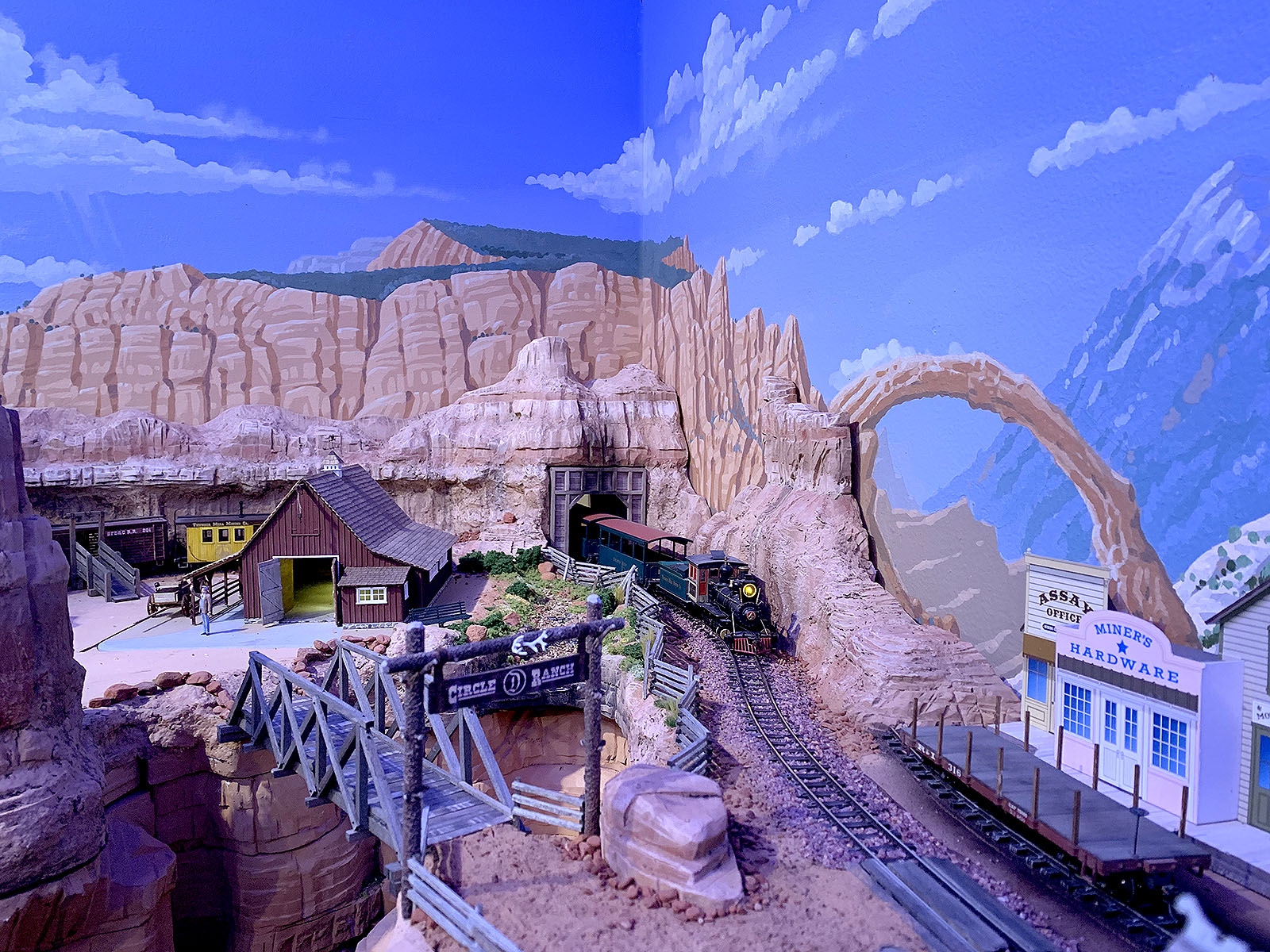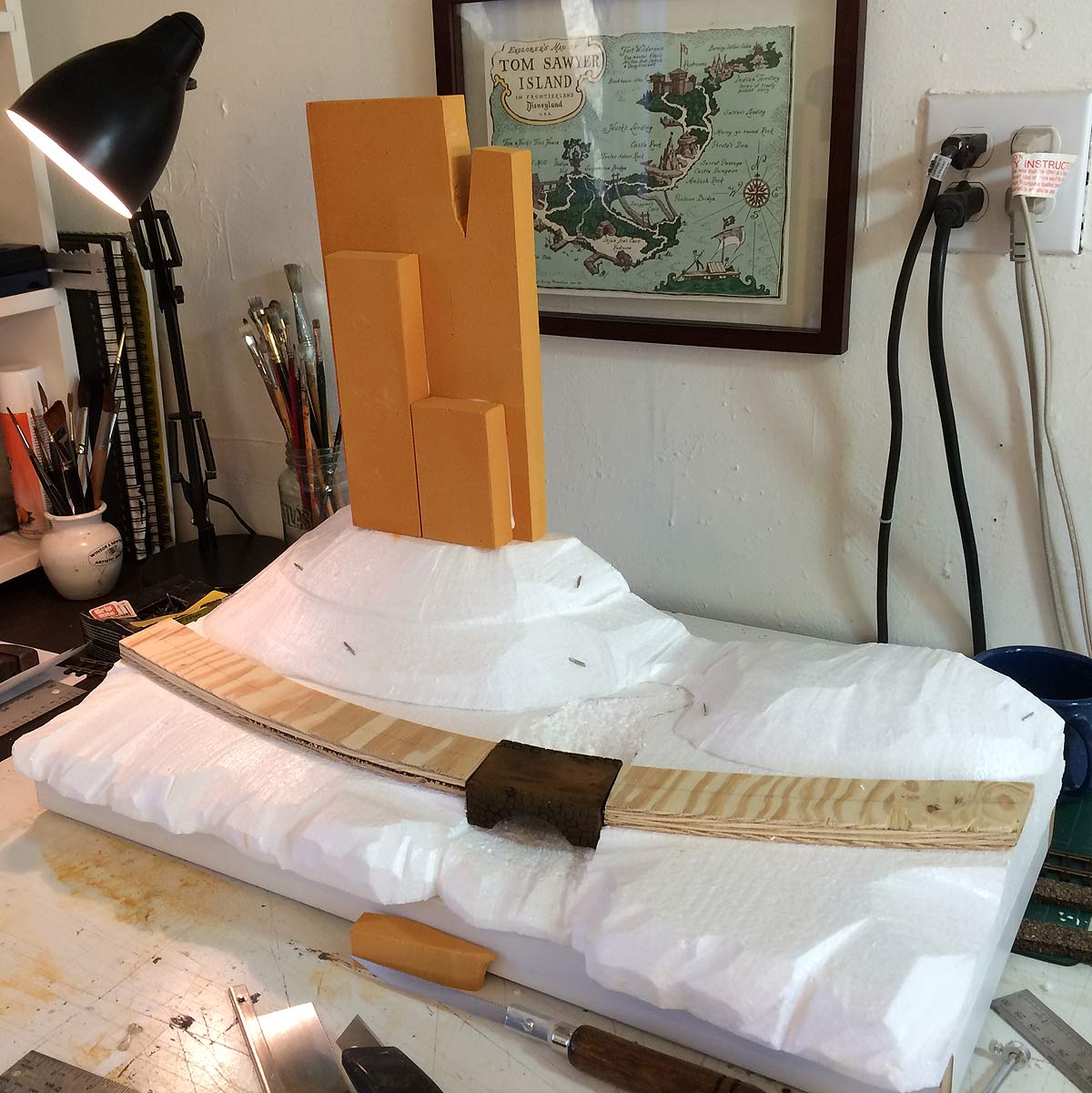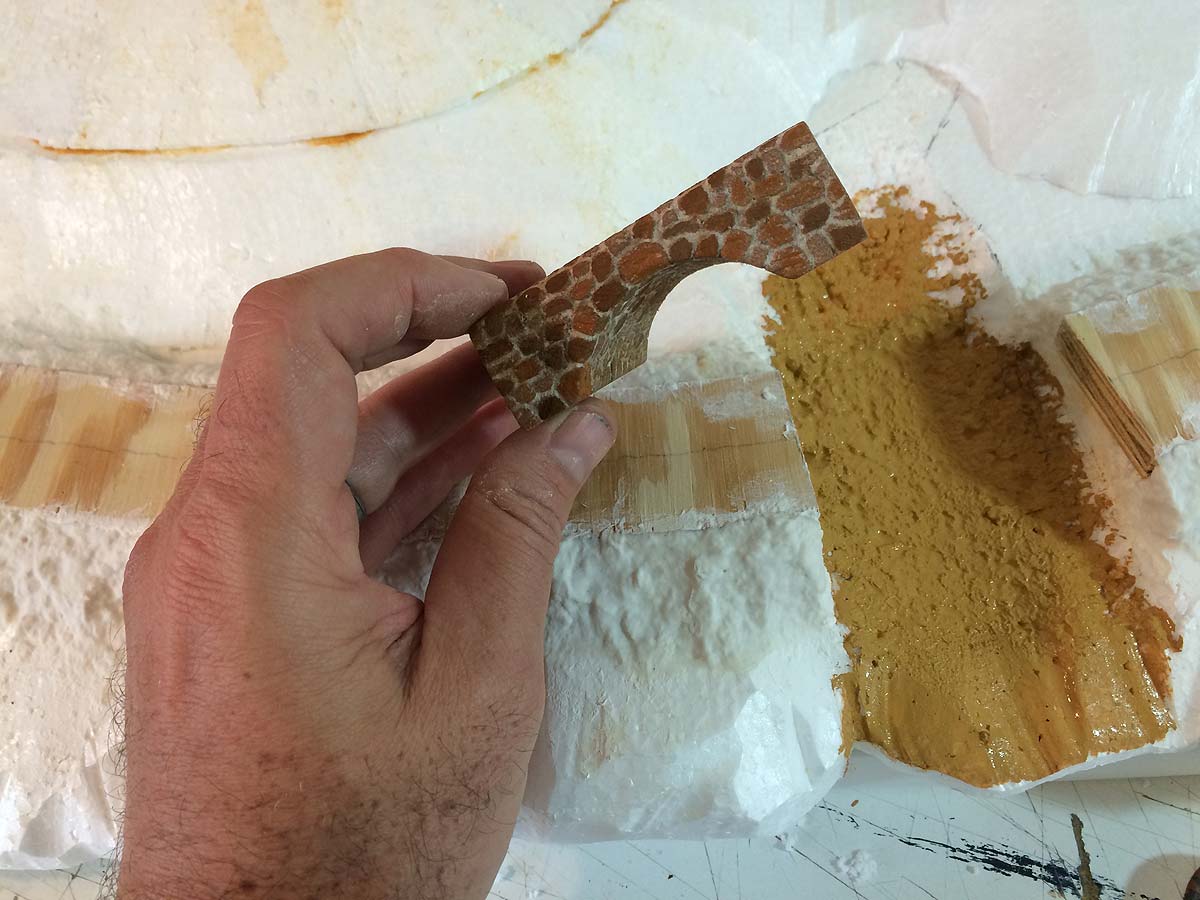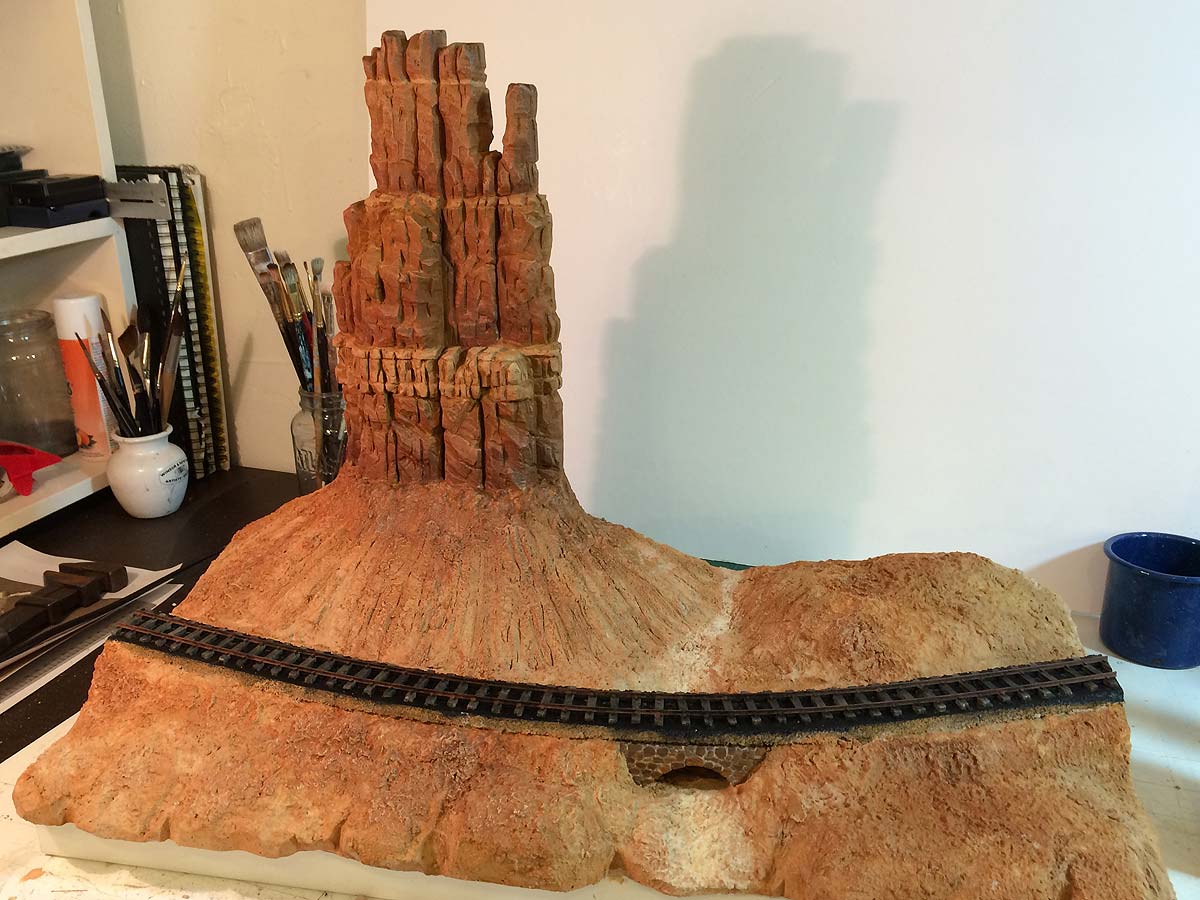You can almost hear the old trestle creek and moan as the train crosses – no telling how much longer she’s gonna last!
This week I’m building a broken down old wooden trestle bridge for Gruesome Gulch that looks as if it might collapse at any moment. Wooden bridge construction, spiking rails, building trestle bents – it’s all here, plus a few tips and tricks for making it spooky! Stay tuned for more from Gruesome Gulch coming soon!
Thanks for watching, amigos!
Dave



















